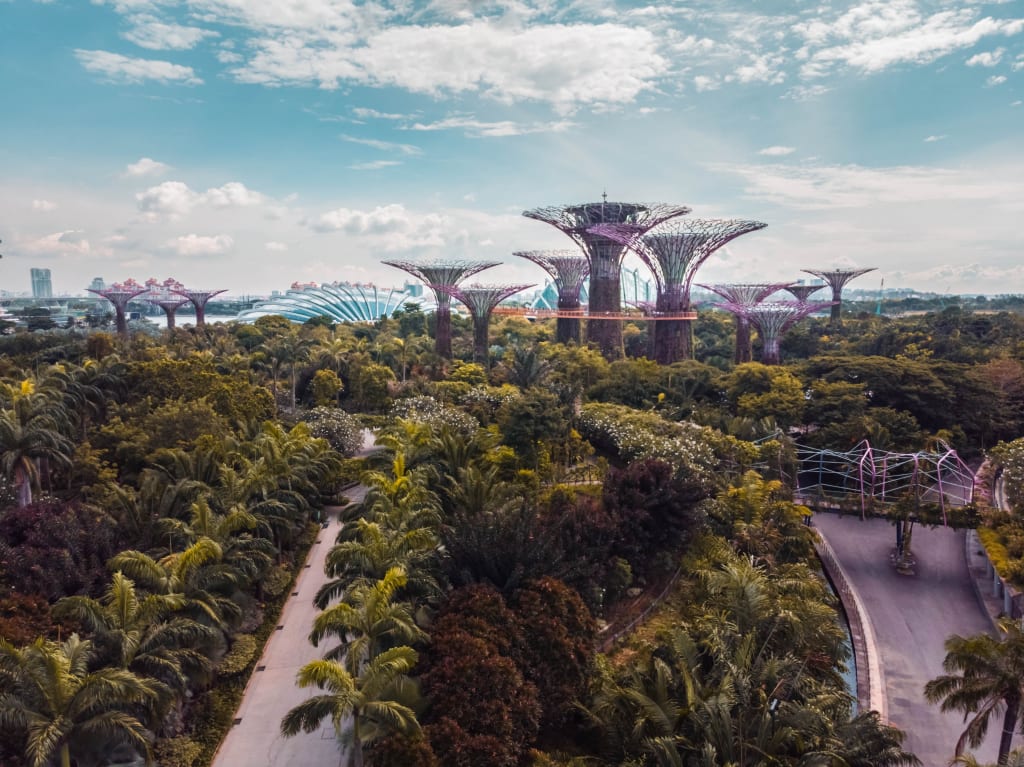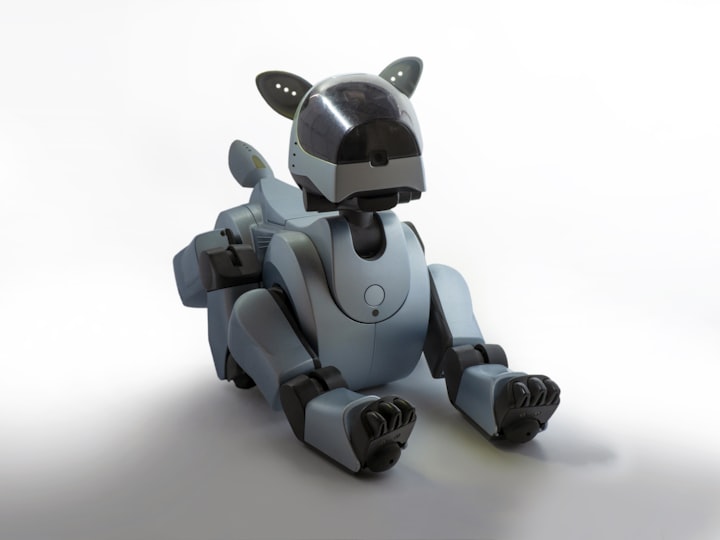Imagining the City of the Future: A Blend of Sci-Fi and Scientific Possibilities
Exploring How Technological Advancements Could Shape the Urban Landscapes of Tomorrow

This post was created with the support of OpenAI.
As our world continues to evolve, so does the vision of what our cities might look like in the future. From the realms of science fiction to the latest advancements in technology and urban planning, there are countless ideas and concepts that could shape the urban landscapes of tomorrow. In this blog, we will delve into various aspects of the city of the future, merging the imaginative worlds of sci-fi with the possibilities that technology and innovation could bring.
The Future of Transportation
When we consider the city of the future, the transformation of transportation is one of the most significant changes we might see. Advancements such as autonomous vehicles are anticipated to revolutionize urban transportation by reducing accidents, optimizing traffic flow, and providing more accessible mobility options for all. The impact of self-driving cars could reach beyond the roads, affecting urban planning and even potentially reducing the need for parking spaces.
Another promising development in transportation is the Hyperloop, a high-speed system currently being tested that could transport passengers in pods through low-pressure tubes at speeds of up to 700 mph. This technology could drastically reduce travel times between cities, making long-distance commuting more feasible and promoting greater economic connectivity between urban centres.
In addition, the emergence of urban air mobility, such as electric vertical take-off and landing (eVTOL) vehicles, has the potential to provide a convenient and eco-friendly mode of transportation. Companies are currently working on developing flying taxis, which could transform the way we navigate urban environments.
Urban Design and Architecture
Innovative designs and technologies that promote sustainability and efficiency will likely shape the future of urban design and architecture. Integrating greenery into the cityscape, through vertical gardens, rooftop parks, and urban farms, not only improves air quality and aesthetics but also contributes to overall well-being.
Smart buildings are another trend to watch in future cities. By equipping structures with advanced sensors and interconnected systems, these buildings can monitor and optimize energy consumption, air quality, and other factors, making them more efficient and sustainable.
As urban populations grow and change, adaptable and modular architecture could become increasingly important. This type of design allows for the repurposing of spaces and the integration of new technologies, addressing shifting needs and priorities.
Technology and Connectivity
The integration of technology into every aspect of our lives will undoubtedly have a profound impact on the city of the future. For example, advanced energy systems like smart grids that intelligently distribute and manage energy resources could play a crucial role in supporting urban sustainability. The shift towards renewable energy sources, such as solar and wind power, will also likely become more prominent.
The Internet of Things (IoT) is another area that could have a substantial impact on urban life. A vast network of interconnected devices—from streetlights to trash cans—could communicate with each other to improve efficiency, safety, and convenience.
Lastly, the ongoing development of augmented reality (AR) and virtual reality (VR) technologies presents intriguing possibilities for reshaping the way we experience and interact with our surroundings. These technologies could enhance navigation and information access while also transforming entertainment and leisure activities.
Conclusion
The city of the future is an exciting and ever-evolving concept that continues to be shaped by the progress of technology and the boundless imagination of science fiction. While it's impossible to predict exactly what our urban landscapes will look like in the coming decades, exploring the possibilities encourages us to think creatively and critically about the world we want to create. Embracing the ideas and advancements that have the potential to improve our cities is an essential step towards building a sustainable, efficient, and vibrant future for all.
Thank you for taking the time to read our article!
If you enjoyed the content, please consider leaving a '<3' and Subscribe so you don't miss future releases!
If you wish to support us on our mission to provide free, weekly infotainment for you to enjoy, please consider pledging a small donation or leaving a tip - all donations help us to create our work and support us as creators.
If you wish to begin your Vocal journey, join the Vocal+ programme to get more for your work! Earn more per view, withdraw your profits quicker, access Vocal+ Challenges with prizes to be won weekly, and so much more by clicking here!
Let's start a conversation! Leave a comment on what you'd like us to discuss in future articles, or reach out on our Social Media Channels!
You're the reason we can continue doing what we love. We are forever grateful for your support!
About the Creator
People! Just say Something!
Quirky Writing created by Artistic Creativity and the power of AI with the goal of learning something new every day!
Facebook: https://www.facebook.com/PeopleJSS
Twitter: https://twitter.com/PeopleJSS






Comments
There are no comments for this story
Be the first to respond and start the conversation.